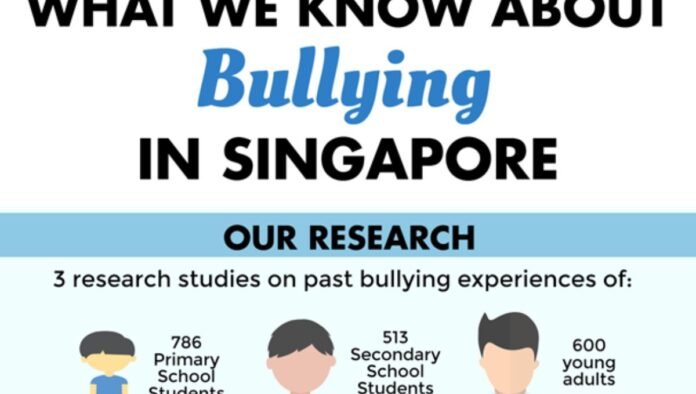Amidst the shifting deluge of problems that have plagued a teenager in his school life, an insidious dilemma has proven remarkably resilient in the adolescence landscape – bullying.
A 2006 survey by the Harvest Centre for Research, Training, and Development and the Coalition Against Bullying for Children and Youth revealed that a staggering 70 percent of the 4,000 Singaporean students surveyed reported having suffered from some form of bullying in school from as early as in pre-school.
Although traditional bullying typically involves aggressive behaviour such as physical violence, verbal abuse, harassment, or ostracism, the advent of technology has upped the ante.
Whereas a vicious note passed around in the canteen or classroom might be restricted by location, the Internet offers no such impediments. When dozens of people vote online – some complete strangers to the victim – about whether a student is fat or stupid or gay, the impact can be cataclysmic.
Technology has also allowed for more inventive forms of abuse from emails, text messages and discussion forums to impersonating the victim online, and even to hi-tech offences such as hacking into victims’ accounts. A certain degree of nastiness is part and parcel of navigating the social challenges of adolescence. But it has never lasted as long as it does now, online.
It is not clear why cyber- bullying perpetuates; schoolyard anthropology can be so nuanced. Reasons can often be as trivial as someone being obese, suffering from a skin allergy, or having a learning disability. Or maybe they were just bored. Or angry.
To further complicate matters, cyber-bullies themselves defy easy categorisation. Anonymity on the Internet emboldens both the bullies and the victims, who feel they can dish the dirt and retaliate without getting caught.
However, a study by the University of California reported in a New York Times article titled ‘Web of Popularity, Achieved by Bullying’ on Feb 11, 2011, found that in bullying, “the role of individual traits is ‘overstated,’ and much of it comes down to concern about status.”
The article postulates that “the ultimate goal is to become part of the ‘popular’ crowd”.
While no student in Singapore has committed suicide because of bullying, many victims who don’t know who to turn to slip into depression and see their grades plunge.
When I was in secondary school, I had a friend who was hounded mercilessly by his class for a myriad of reasons. After he lodged an official complaint, the perpetrators were punished, and bullying stopped on the surface. But the truth of the matter was that life only got worse for him.
The bullies became smarter, creating private Facebook groups for the sole purpose of insulting him. They no longer said it to him. They said it to everyone else around him.
In recognition of the huge propensity for harm, the Media Development Authority recently launched a nationwide “cyberwellness” campaign to educate parents and a connected generation of children on the perils of abusing the Internet for nefarious purposes.
The government’s decision to engage parents in helping inculcate good cyber etiquette in youths from a young age is a step in the right direction.
Adults should reach out to children in open dialogue to establish the boundaries of their actions in the digital realm and teach self-regulation. Personal experience has taught me that foisting unexplained ideals and expectations upon them would only lead to the opposite effect.
Schools could also consider creating anonymous tip sites for students to report bullies and highlight other avenues for help.
We cannot afford to wait till our first case of bullying-linked suicide occurs.

